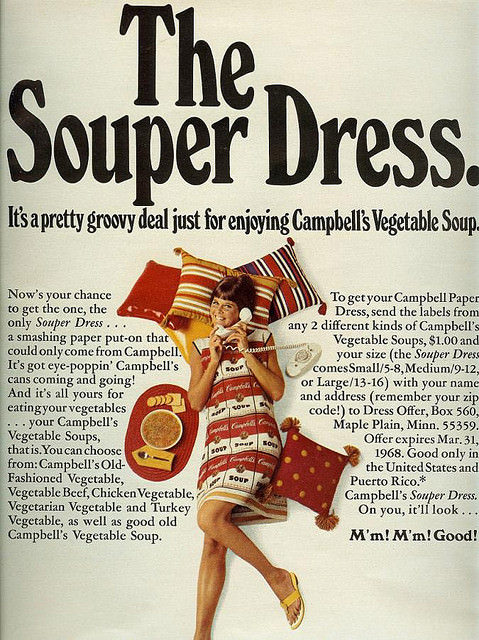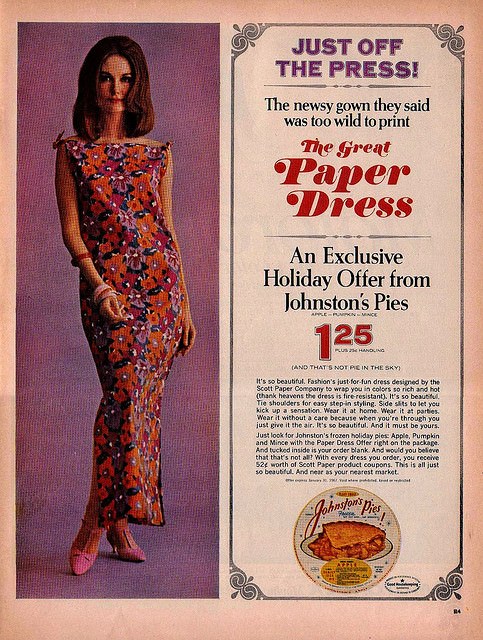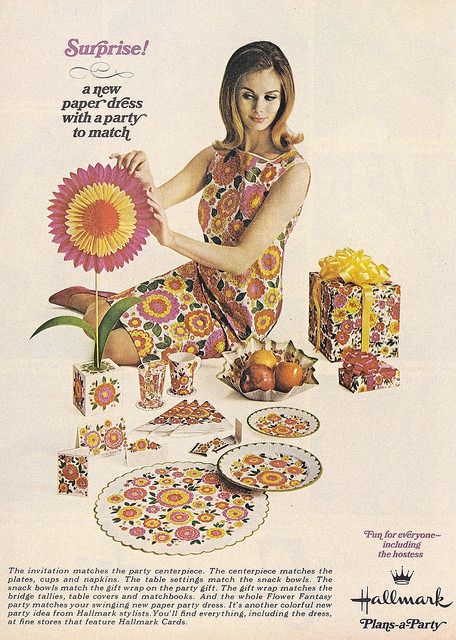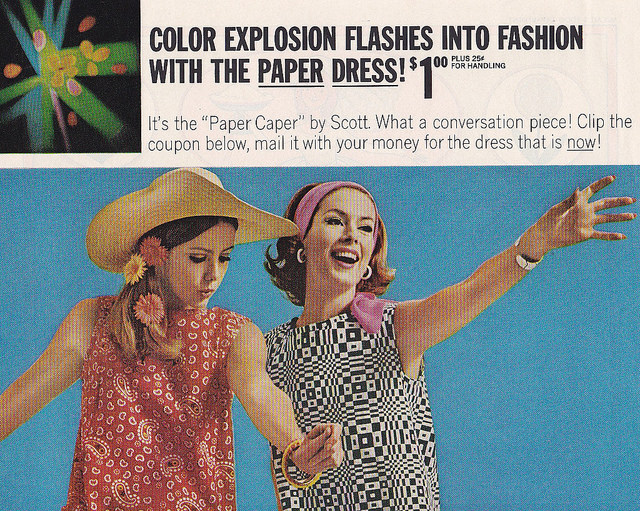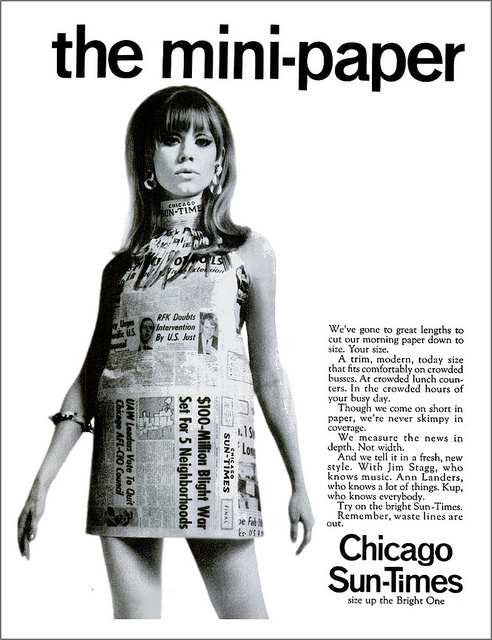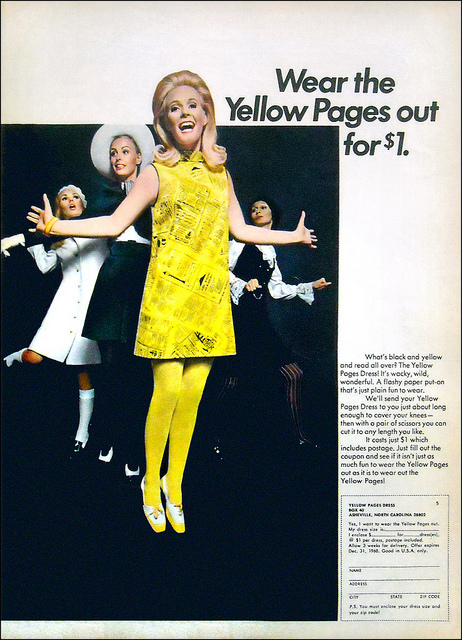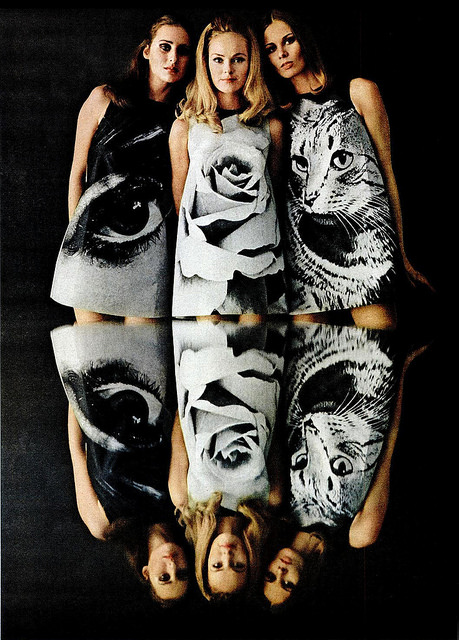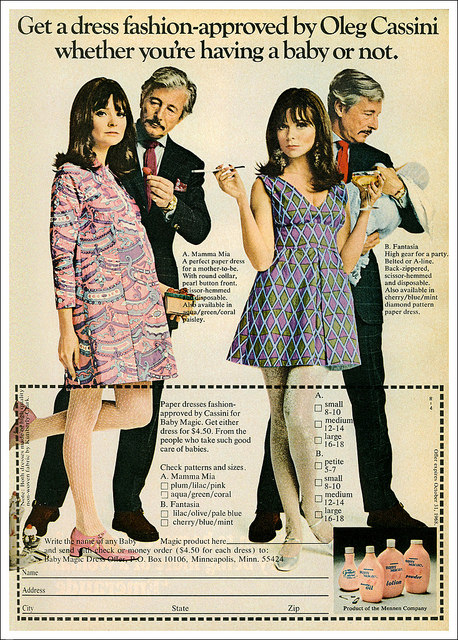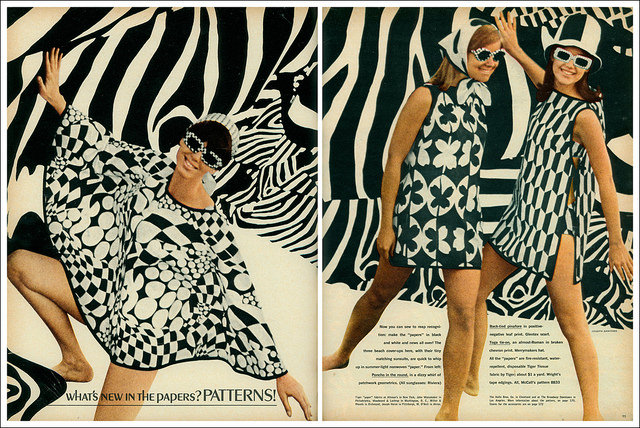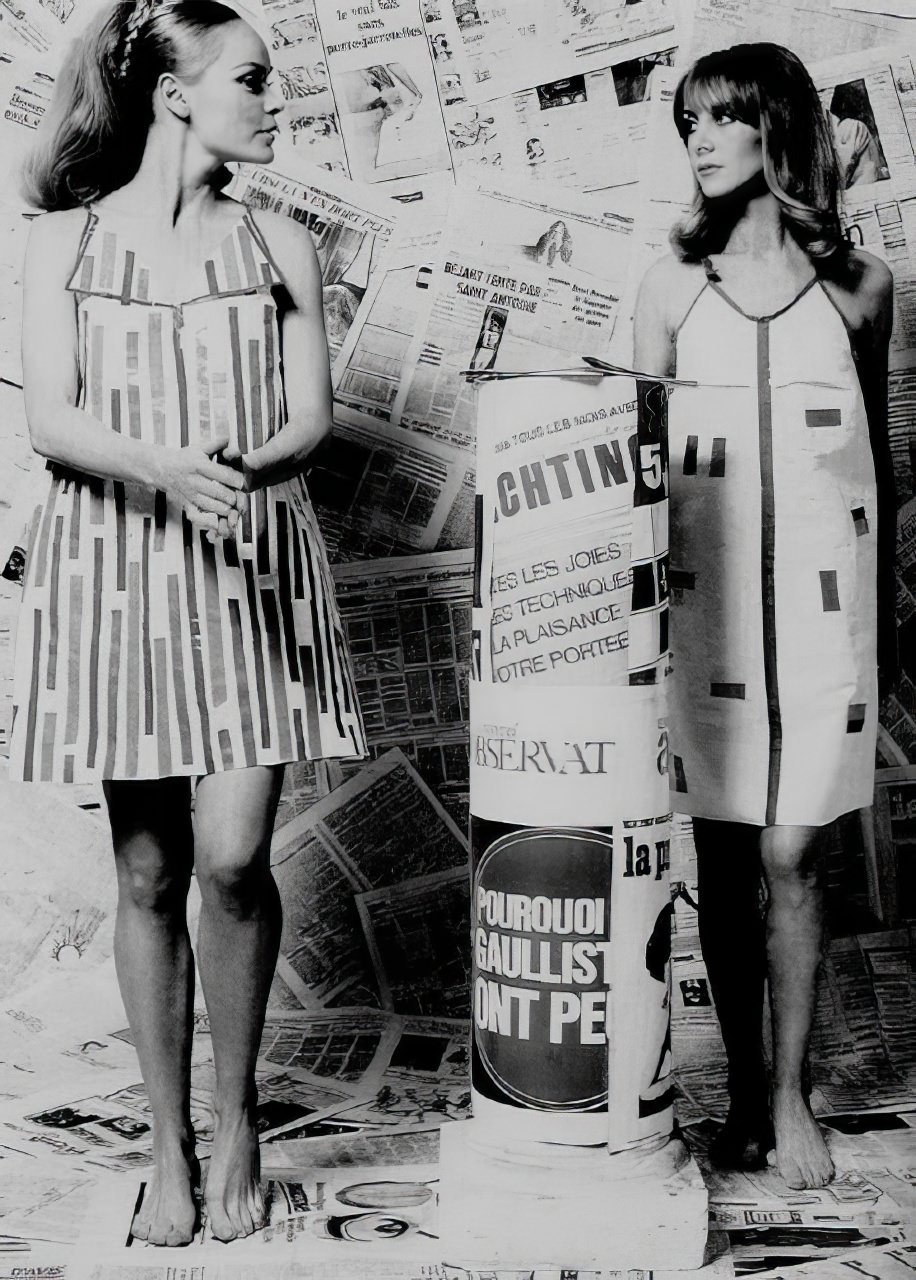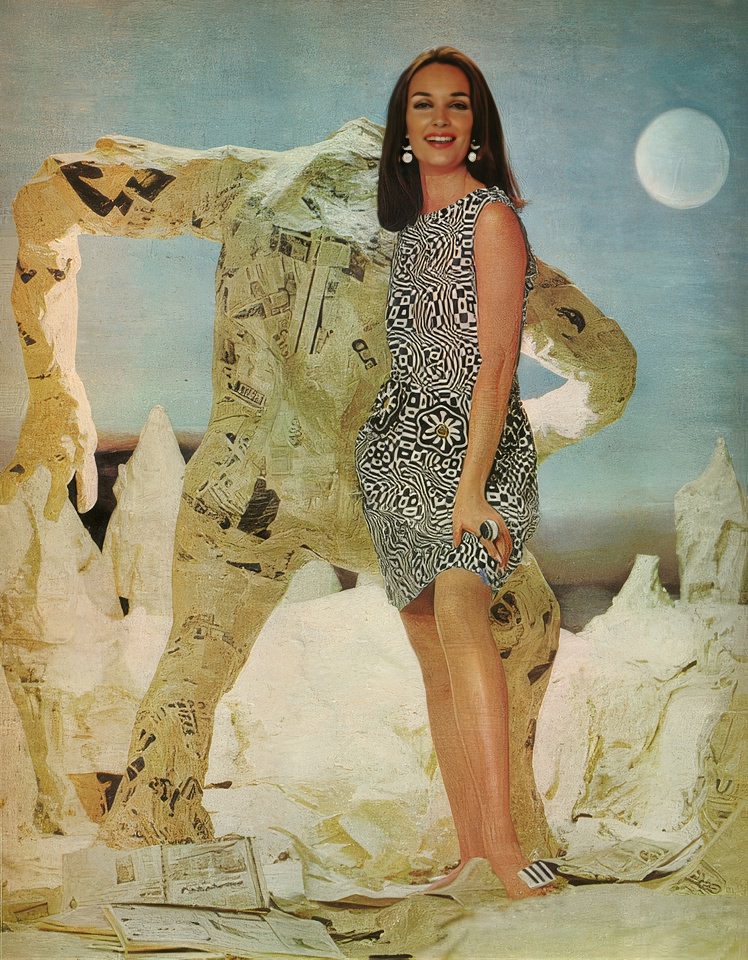The 1960s were a time of rapid change and innovation, not just in music and culture, but also in fashion. One of the most unusual and memorable trends of the decade was the paper dress. These dresses, made from paper-like materials, were a short-lived but fascinating phenomenon.
During the 1960s, Psychedelic culture was gaining popularity, and fashion was becoming increasingly experimental. It seemed like anything was possible, including dresses made from paper. This era saw a surge in bold colors, unusual patterns, and new materials.
The idea of a disposable dress might seem strange today, but in the 1960s, it fit perfectly with the era’s focus on novelty and disposable culture. People were embracing new technologies and materials. The idea of something being temporary and easily replaceable was becoming more accepted.
One of the earliest examples of paper garments came from Scott Paper Company. They introduced paper dresses as a promotional item. If you sent in a small amount of money, you could receive a paper dress in the mail.
These early paper dresses were simple in design. They were often made from cellulose wadding, a type of paper-like material. They were typically A-line in shape and came in basic colors.
These dresses quickly became popular as a novelty item. People wore them to parties, events, and even just around the house. They were inexpensive and eye-catching, making them a fun and trendy item.
The dresses weren’t designed for long-term wear. They were fragile and could easily tear. They also couldn’t be washed. This disposable nature was part of their appeal. They were meant to be worn a few times and then discarded.
The popularity of paper dresses led to more elaborate designs. Manufacturers began using more durable materials, such as cellulose fibers reinforced with nylon. This made the dresses more resistant to tearing.
Designers also started creating more stylish and fashionable paper dresses. They experimented with different patterns, colors, and silhouettes. Some dresses even featured bold graphics and psychedelic prints, reflecting the trends of the time.
One particularly interesting example was the “Mini-Paper.” As the name suggests, this was a mini-skirt-style dress made from newspaper. This design combined two major trends of the 1960s: the mini-skirt and the use of paper in fashion.
Another unusual example involved dresses made from Yellow Pages. These dresses were created as a promotional item for the phone book. They were a clever and eye-catching way to advertise the Yellow Pages.
The paper dress trend also intersected with the pop art movement. Artists like Andy Warhol incorporated paper dresses into their work. This helped to elevate the paper dress from a novelty item to a form of artistic expression.
Despite their popularity, paper dresses were a short-lived trend. They were not practical for everyday wear. Their fragility and lack of washability limited their usefulness.
The trend began to fade in the late 1960s as other fashion trends emerged. However, the paper dress remains a memorable and iconic symbol of the era. It represents the spirit of experimentation and innovation that defined the 1960s.
These dresses, though disposable, offer a valuable insight into the culture and fashion of the time. They demonstrate a willingness to experiment with new materials and styles. They also reflect the growing consumer culture and the increasing availability of inexpensive goods.


